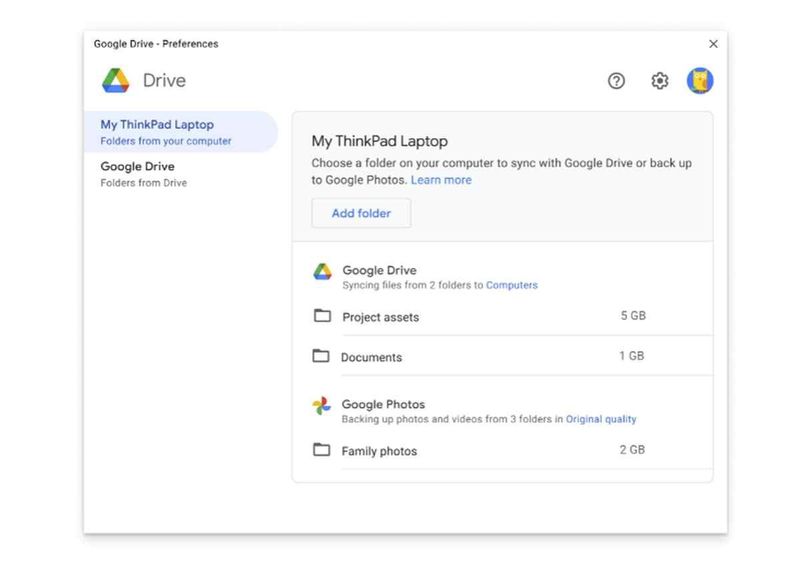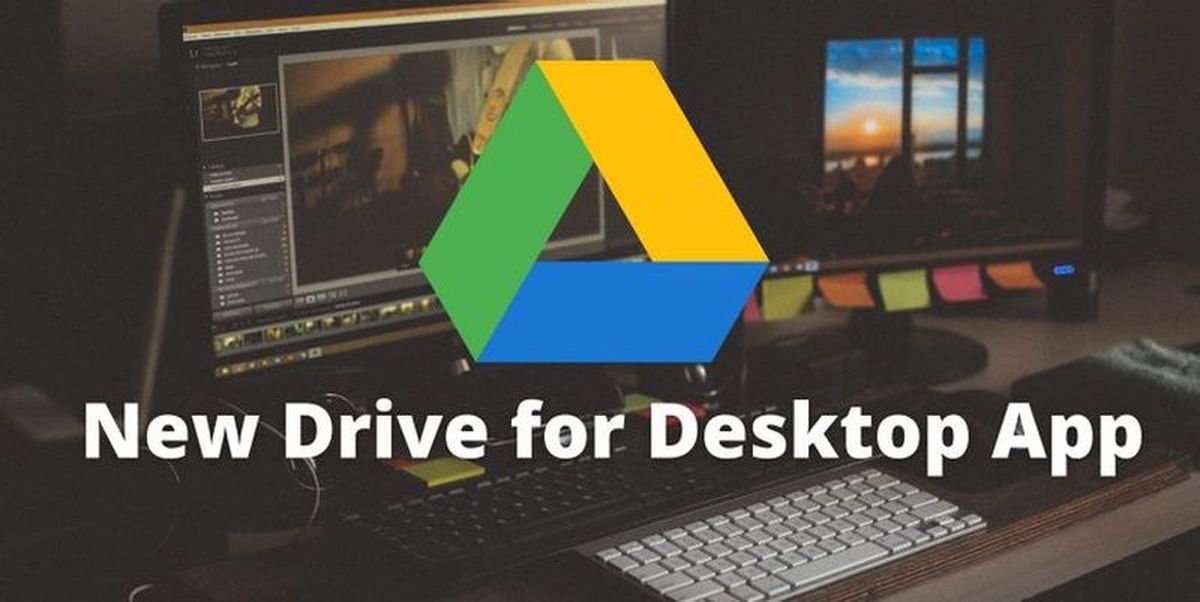Google has launched a new transition that urges users who use the Backup & Sync and Drive File Stream applications to migrate to the new Drive for Desktop application before September.
More specifically, users using Backup and Sync will no longer be able to use the app come September, while Drive File Stream users will get a guided migration process along the way, keeping in mind that it will be October when the app will also stop working.
In either case, both will be offered corresponding warnings weeks in advance to avoid running out of time, bearing in mind that they may have little time left to perform the migration before the corresponding applications stop working for good.
Drive for desktop is a new application that replaces Backup and Sync and Drive File Stream, aimed at both home and business users, respectively, getting the best of both in one application.

The strategy of unifying both applications into a single one became known earlier this year, having initially reached a few users before being now generally available to everyone.
Present for Windows and Mac platforms, users will be able to have all their files backed up and synchronized from any device they use, including those stored locally, and will be able to access the latest versions of them if they are subject to collaborative editing with other users.
Google specifies that Drive for the desktop will allow the upload and synchronization of files to Google Photos and/or Google Drive, it will also allow the synchronization of files that are available on external devices (flash drives, external hard drives, etc.) to the cloud, in addition to offering quick access to files available in Drive on the desktop.
The search giant also promises to offer new features in Drive for the desktop over the coming weeks, so it will be interesting to know what these new features will be, which we will get to know in due course.
In this way, Google optimizes its efforts for those who prefer to use desktop applications instead of the web version or Drive mobile apps in their respective productivity workflows.





